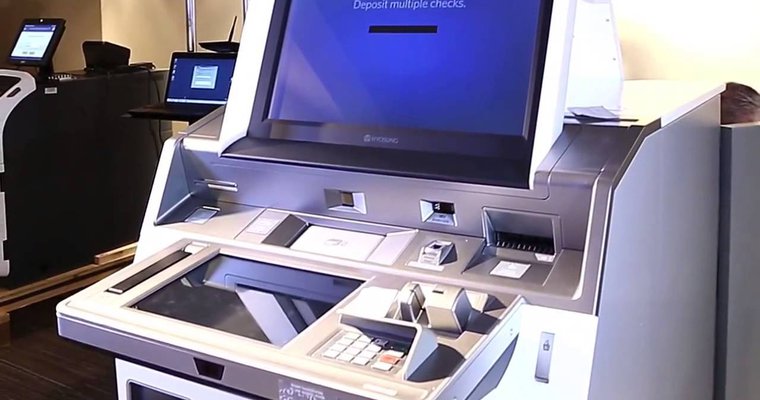


Swapping out long-standing and reliable ATM equipment for state-of-the-art technology that's new and unfamiliar may not come easy, especially for staff. Blogger Rebecca Cicarelli offers tips on how to get the most out of newer model machines.
 Photo provided.
Photo provided.
With apologies to Gene Roddenberry, the screenwriter who produced and created the Star Trek franchise, advanced terminals and interactive teller machines represent "the next generation" of ATM technology.
In many ways, they've enabled banks and credit unions — and account holders by default — to boldly go where no self-service technology has gone before, through cutting-edge hardware and software. Roughly one-quarter of respondents to a recent ATM Marketplace study said that if they could improve only one aspect of their ATM channel, adding new features and functions would be their top choice. Advanced terminals and ITMs make this possible.
But just as legacy Trekkies had some difficulty accepting Jean-Luc Picard as the captain of the Starship Enterprise — preferring the no-nonsense management style of James T. Kirk — swapping out long-standing and reliable ATM equipment for state-of-the-art technology that's unfamiliar may not come easily, for your staff especially. Change by its very nature is difficult, even when the replacement is undeniably better by future proofing your financial institution and boosting revenues.
That's why it's important to ease your way into the technology transition so issues can be adequately answered and addressed early on, not later on. Here are a few suggestions for how to go about this sensitive process.
One of the biggest issues for staff — inside and outside the retail bank or financial industry realm — is a breakdown in communication. Whether personnel don't feel like they've been adequately prepared or improperly informed, miscommunication is routinely a leading reason for resistance to change. Thus, there needs to be a strategy in place months prior to advanced terminal installation to overcome — or, ideally, altogether avoid — concerns about technology that customers or staff may be uncomfortable using.
In short, you have to establish expectations and acknowledge that growing pains are normal. How you go about this is up to you, whether it's through company-wide emails, text messages, one-on-one or in group meetings where questions and concerns can be addressed. Whatever you choose, make sure that it is consistent so you can modify your communication strategy accordingly.
Part of the stress staff may feel as a result of the transition may be related to worry about how they'll address questions customers may have about operating new technology. After all, if they don't have a firm grasp of how the terminals work, how can they be of assistance to customers?
The best way to address this is by developing Q&A scripts that provide guidance on how to best answer the most common questions customers are likely to ask. Determine what these questions will be by reflecting on the ones you'd want answers to if the roles were reversed. Think of it as putting together a "Frequently Asked Questions" script. You may also want to develop an aggressive customer education program so account holders remain in the loop. Their questions can be used to develop your Q&A script.
Understandably, those who are new to the fold may be the ones who are most reticent to using and explaining how to use advanced terminal and ITM technology. Turn to some of your seasoned leaders for help in how to best educate and train the rest of the staff. Some of your staff may be more "people people" than others in the way they can explain things to customers or personnel and empathize with what they may be having trouble with. You know their strengths and weaknesses, so rely on your best judgment when looking for support.
Even though it's important to be compassionate and understanding of the fact that change takes time, it's every bit as important to create a sense of urgency so personnel more fully appreciate that the company is operating on a timeline. Thus, consider introducing incentives. This may instill a certain motivation for staff to devote more of their energies to familiarizing themselves with the advanced terminals. Remember, repetition is the mother of learning.
Advanced terminals and ITMs just might be the final frontier of automation technology in banking.
A version of this article originally appeared on BranchServ's website.
Rebecca Cicarelli is a marketing professional/business leader with more than 20 years of B2B and B2C experience, and a record of success in industry and consulting. She has Marketing oversight for BranchServ with a focus on growth initiatives in the automation space. Rebecca has an MBA from NYU.
Sign up now for the ATM Marketplace newsletter and get the top stories delivered straight to your inbox.
Privacy PolicySeptember 9-11, 2024 | Charlotte, NC